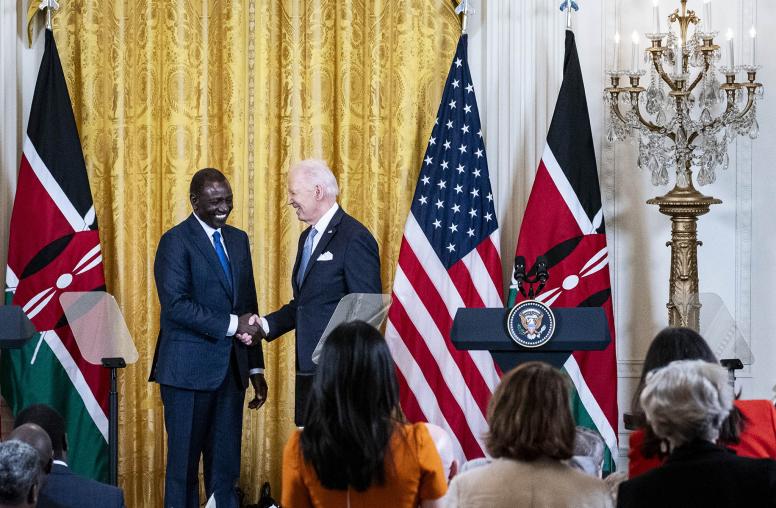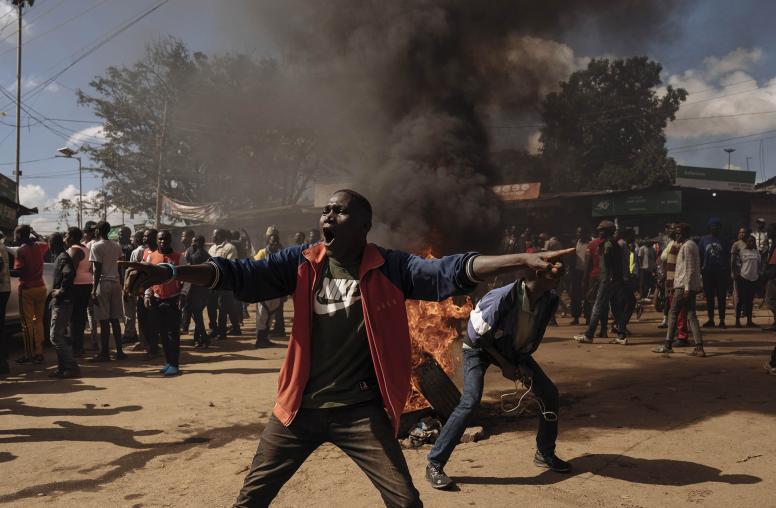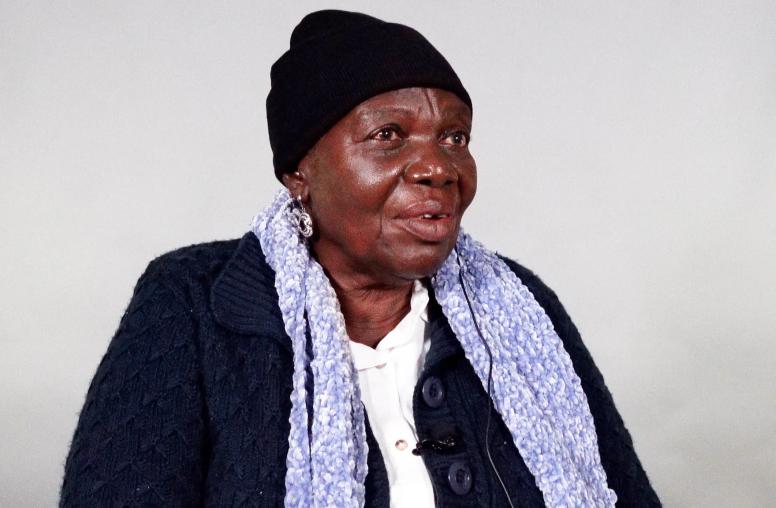Responsibility to Protect Weighed Down by Misconceptions
To the limited extent policymakers in Washington, D.C. are familiar with the Responsibility to Protect, the principle is frequently dismissed as “a U.N. thing” or “something the Canadians came up with.” Ever since the concept was first introduced in 2001, the U.S. response has remained lukewarm, even though heads of state and government unanimously endorsed the principle at the 2005 United Nations World Summit, the U.S. among them.

The hesitancy in Washington stems from a common misperception that the principle justifies military force in the face of Syria-like situations and the U.S. eagerness to adopt a ‘unique’ atrocity prevention approach.
The Responsibility to Protect constitutes a set of principles underlining the need to prevent the worst kind of ‘man-made’ atrocities, including genocide, ethnic cleansing, war crimes, and crimes against humanity. The emerging norm does not create new legal requirements, but serves as a political instrument designed to keep latent tensions from escalating into mass violence at an early stage, and reduce the need for crisis management or reactive interventions down the road.
In an effort to familiarize the U.S. capital with the principle, former Secretary of State Madeleine Albright and Ambassador Richard Williamson (former Special Envoy to Sudan under President George W. Bush) co-chaired a senior Working Group on the Responsibility to Protect. The Albright-Williamson report illustrates how the U.S. atrocity prevention policy, a recent foreign policy priority, complements rather than contradicts the important work conducted on the Responsibility to Protect at the U.N. and throughout the world.
Within most of the relevant U.S. government agencies, the Responsibility to Protect is considered a secondary U.N. instrument that remains a small part of the overall U.S. toolbox for atrocity prevention. While the practice would look almost identical, you will rarely hear the words Responsibility to Protect in Washington. The U.S. Mission to the United Nations in New York is the consistent exception to this trend; its representatives staunchly advocate for the principle at the annual dialogues on the Responsibility to Protect at the U.N. General Assembly.
Even foreign policy experts commonly misperceive the Responsibility to Protect as a justification for military force in the face of Syria-like situations. Yet, countries where there is a risk of atrocities, along with their neighbors, regional powers, and international or civil society organizations, can most effectively uphold their responsibility by acting at the first sign of identity-based tensions, well before the immediate, violent manifestations of conflict occur.
Ideally, the invocation of the principle by senior officials would trigger an automatic consideration of preventive tools, like intelligence gathering, media training, security sector reform, diplomatic condemnations, or even targeted sanctions.
Albright and Williamson clarify in their report that “in a number of cases, one can see how the emergence of the R2P norm has strengthened international capacity and the will to act decisively.”
That being said, the principle that nations have this responsibility still remains more of an aspiration than reality. As the co-chairs conclude, the norm “is neither the panacea that some had hoped for nor the hollow promise that others resigned themselves to expect.”
The largely successful efforts to prevent anticipated atrocities during the 2011 referendum in Sudan and the 2013 elections in Kenya exemplify how non-military measures can, at the least, offer temporary relief and neutralize triggers of mass violence ahead of time.
Meanwhile, the ongoing violence in Syria and the inability of the United Nations to formulate organized responses to similar situations demonstrates the further work needed to transform the norm into standard international practice. The latest tests of the principle of a Responsibility to Protect in Kenya and Libya will continue to provide vital lessons on how to apply such norms to individual cases, and how to improve operational strategies to prevent the worst atrocities.
Jonas Claes is a USIP program officer who helped coordinate the Working Group on the Responsibility to Protect.



